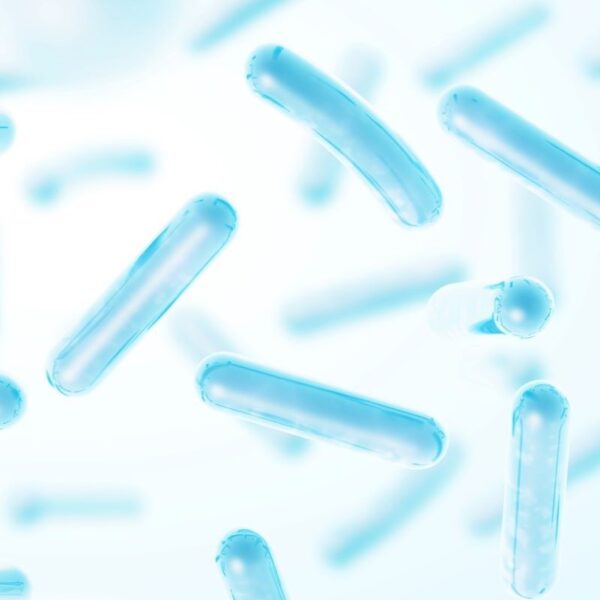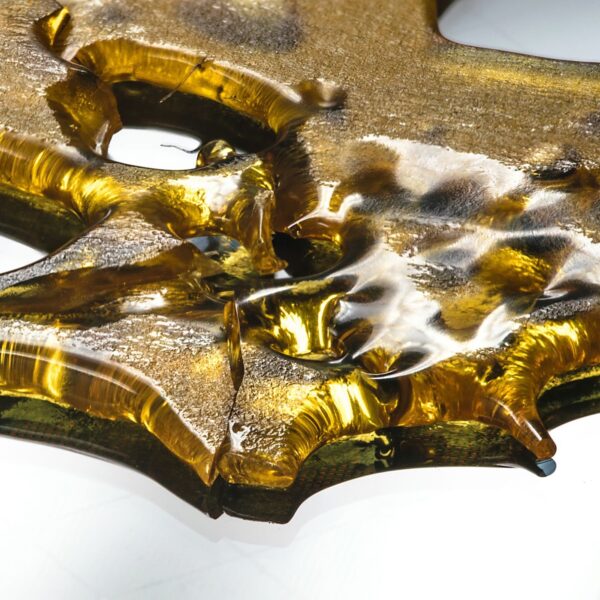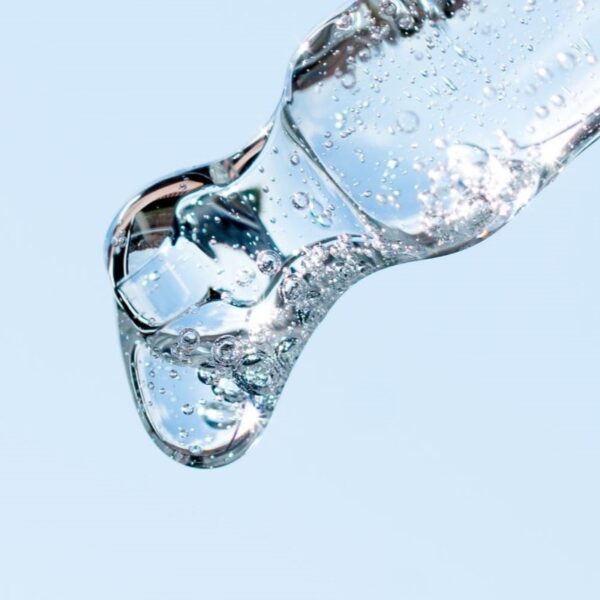Aluminum silicate, a compound comprised of Aluminum, silicon, and oxygen with varying levels of water content, has been extensively applied across diverse industry segments, including food production. As consumers and regulators alike scrutinize food additives more closely than ever before, the food industry is tasked with justifying the use of such additives in terms of safety, efficacy, and necessity.
Understanding aluminum silicate’s chemical and physical properties is crucial in recognizing its utility. The versatility of aluminosilicate materials is owed to their variable structural composition, which allows them to assume different forms and perform multiple functions in food products. From acting as an anti-caking agent to serving as a carrier for flavors and colors, the scope of its application is broad.
To understand how aluminum silicate is used in the food industry, we first must explore the ingredient’s sourcing and synthesis. How this material is produced and processed directly impacts its purity, performance, and suitability for consumption. Examining these processes is essential for a comprehensive insight into the applications and implications of Aluminum silicate.
This article delves into Aluminum silicate’s role in the food sector, addressing its nature, production, and the nuanced applications that justify its presence in our daily diet.
What is Aluminum Silicate?
Aluminum silicate, also known as kaolin, is a naturally occurring mineral. It is a fine white powder that is derived from the mineral kaolinite. Aluminosilicate refers to materials containing anionic Si-O-Al linkages. Commonly, the associated cations are sodium (Na+), potassium (K+), and protons (H+). Such materials occur as minerals and as synthetic materials, often in the form of zeolites. The structure of Aluminum silicate can vary depending on the specific form and composition of the compound.
Source: ChemSpider
Aluminosilicates include minerals such as zeolites and feldspars with either group 1 or 2 countercations. Another category of aluminosilicates is Al2SiO5 polymorphs that contain no additional countercations.
How is Aluminum Silicate Produced?
Aluminum silicate (or aluminum silicate) is commonly applied to chemical compounds derived from Aluminum oxide, Al2O3, and silicon dioxide, SiO2, which may be anhydrous or hydrated, naturally occurring as minerals or synthetic.
Production of kaolin involves the combination of aluminum oxide (Al2O3) and silicon dioxide (SiO2). These two compounds react under high heat and pressure to form the Aluminum silicate [2].
Use of Aluminum Silicate in Food and Nutrition
In food, aluminum silicate is used as an anti-caking agent. It is added to powdered or granulated foods to prevent them from clumping together and to improve their flowability. Some typical aluminum silicate products include powdered spices, baking mixes, powdered sugar, baking powder, and salt. By coating the individual particles and reducing their stickiness, aluminum silicate allows for better flowability and dispensing of these products. This coat helps improve the texture and ease of use of powdered or granulated food items for consumers.
Another important application of aluminum silicate in the food industry is as a clarifying agent. It is used in producing beverages such as wine, beer, and fruit juices to remove impurities and improve their clarity. This clarification is achieved through fining, where the aluminum silicate binds to unwanted particles and sediment, allowing them to be easily removed.
Applications in Food and Nutrition
| Function | Applications |
| Anticaking agent | Powdered mixes, Table sweeteners, Salt, Spices and seasonings, Creamers |
| Fining (Clarifying Agent) | Fruit juice, Wine, and Other Beverages |
| Carrier | Colors, Flavors, Aroma, Actives |
Properties of Aluminum Silicate
The physical and chemical properties that make aluminum silicate valuable in food processing include its high melting point, acid and alkali attack resistance, and low abrasiveness. It also has good insulating properties and is relatively inert, meaning it does not react with other substances easily.
| Physical Form | Fibrous material/Powder |
| Color | White |
| Storage Temperature & Conditions | Room temperature |
| Molecular Weight | 166.077 g/mol |
| Appearance @ {Temperature} | White powder/Clay |
| Density @ {Temperature} | 2.8 to 2.9 g/cm³ |
| Refractive Index | 1.56 |
| Claims (*Product Specific) | Natural*, Halal*, Kosher* |
Recommended Storage and Handling
Aluminum silicate should be stored in a dry environment to maintain its anti-caking properties. It is stable under normal conditions but should be handled to minimize dust generation, which can pose inhalation risks. Using appropriate personal protective equipment during handling is recommended to reduce exposure.
Typical Formulations
Coffee Creamer
Here is an example of a coffee creamer formulation table with aluminum silicate along with the % weight of ingredients:
| Ingredient | % Composition |
| Sodium caseinate | 3.27 |
| Corn syrup solids | 58.66 |
| Soybean oil | 35.45 |
| Mono & Diglycerides | 0.05 |
| Dipotassium phosphate | 2.08 |
| Flavoring | 2.55 |
| Carrageenan | 0.20 |
| Sodium aluminosilicate | 0.01 |
Sodium aluminosilicate was used as an anticaking agent in the dry mix for creamer formulation. It prevented clumping in the ingredient mixture and thus improved the shelf life of the mix before dispersing into water to make the final product.
Source: Google Patents
Aluminum Silicate Formulation Considerations
Variants
Aluminum Salts of Silicic Acid
Aluminum potassium silicate is a lustrous naturally occurring mineral occurring as a complex hydrous aluminum silicate. Aluminum potassium silicate is also known as mica. Sodium aluminosilicate is a fine white powder. Many ordinary rocks (feldspars) are aluminosilicates.
Minerals
Polymorphs
The three naturally occurring polymorphs with the composition of Al₂SiO₅ are andalusite, kyanite, and sillimanite [1]. They occur in nature primarily in metamorphic rocks. They are often used as index minerals to determine what kind of temperature and pressure paths the host rock has been subjected to. The metamorphosis of Al₂SiO₅ is demonstrated as a phase diagram.
Source: Wikipedia
Kaolin
Kaolin, or ‘china clay’ commonly called, is a hydrated aluminum silicate crystalline mineral formed over many millions of years by the hydrothermal decomposition of granite rocks. Hydrous kaolin is characterized by its fine particle size, plate-like or lamellar particle shape, and chemical inertness. Its crystalline structure allows for a large surface area that often adsorbs its weight in water.
Its use in treating diarrhea is based on its purported ability to absorb fluid, bacteria, toxins, and various noxious materials in the gastrointestinal tract, decreasing stool liquidity and frequency. In the colon, it may act as an adsorbent or protectant, but the adsorption is not selective [1].
Zeolites
Zeolites are microporous, three-dimensional crystalline solids of aluminum silicate. They have more open three-dimensional structures than the feldspars, called zeolites. The openings in zeolites appear as polyhedral cavities connected by tunnels. Zeolites act as catalysts by absorbing small molecules in their interior cavities and holding them in proximity so that reaction among them occurs sooner. Zeolites have been widely used as ion exchangers and adsorbents.
Effect on Properties of Food
Stability
As an anticaking agent, sodium aluminum silicate helps prevent dry foods from clumping and forming semi-solid or solid lumps. It helps prevent caking by absorbing excess moisture and preventing the formation of lumps or clumps in the product. It increases the flowability of powdered food products.
Clarity & Sensory Properties
Kaolin is clay used similarly to bentonite as a clarifying agent. It effectively drops yeast cells and excessive tannin, making the wine more stable in warmer storage temperatures. Additionally, it is used to reduce harshness in the wine’s bouquet and to lighten its color [2].
Safety and Regulatory Considerations
Regulatory bodies such as the FDA in the United States have classified certain types of Aluminum silicate as Generally Recognized as Safe (GRAS) for use in food. Manufacturers must adhere to the specifications and usage limits set by these authorities.
| FDA Information | Aluminum calcium silicate, sodium aluminosilicate, and sodium calcium aluminosilicate are listed by the FDA as substances generally considered safe for human consumption. The tolerance level for these anti-caking food additives is 2%. [5] The FDA also approves Bentonite (colloidal hydrated aluminum silicate) as a processing aid [6]. |
| EU Information | Aluminum silicate (E 559), Sodium aluminum silicate (E 554), Calcium aluminum silicate (E556), and potassium aluminum silicate (E 555) are authorized food additives in the European Union (EU) according to Annex II and III of Regulation (EC) No 1333/2008 and specifications have been defined in Commission Regulation (EU) No 231/2012 [6]. |
Safety & Toxicity of Aluminum Silicate
The current state of the science supports these anti-caking agents’ GRAS status, making these ingredients safe as long as they are used within the outlined guidelines.
Identification Numbers
| CAS Number | 12141-46-7 |
| EC Number | 934-756-6 |
| E Number (Food Additive) | E 559 |
| INS Number (Food Additive) | INS 559 |
Acceptable Limits or Maximum Usage
Aluminum silicates are approved for use in the following food categories as per the EU [7].
- Dried powdered foods
- Tablet and coated tablet form foods
- Sliced or grated cheese hard and semi-hard cheese
- Processed cheese
- Cheese product
- Table-top sweeteners in powder/tablet form
- Salt and salt substitutes
- Seasonings and condiments
- Food supplements supplied in a solid form/liquid form
- Fat-soluble vitamin
Fun Facts About Aluminum Silicate
- Aluminum silicates, in the form of clays, have been used by humans for thousands of years. Ancient civilizations used these materials to make pottery, bricks, and other artifacts, some of which have survived until today and provide archeological insights into those cultures.
- Aluminum silicate isn’t just an Earth-bound material; stardust particles collected from comets and stars’ outer layers often contain aluminum silicate compounds. This suggests that the compounds are widespread on our planet and throughout the universe.
- Some forms of aluminum silicate create beautiful, colored crystals used as gemstones. For instance, the precious gems sapphire and ruby are forms of corundum, an aluminum oxide, but often contain traces of aluminum silicate minerals, influencing their color.
- In geology, certain aluminum silicate minerals can indicate the past conditions in that region, such as temperature and pressure, giving clues to geological processes and the formation of Earth’s crust.
- The range of aluminum silicates includes a variety of minerals with different properties. For example, kaolinite is a soft, earthy mineral used in ceramics and as a filler in paper. At the same time, andalusite, kyanite, and sillimanite are harder minerals used in refractory materials due to their high resistance to heat.
- A type of natural glass called obsidian is formed from the rapid cooling of silica-rich lava. It often contains aluminum silicate and has been used by some cultures to make sharp blades and arrowheads.
- Because some aluminum silicate minerals are incredibly heat-resistant, they are used in high-temperature insulating materials and are critical in industries such as metalworking and aerospace.
- Aluminum silicates, mainly when used colloidal, can adjust the thickness of paints and inks. This means they can help your paint stick to the wall and keep your pen ink flowing smoothly.
- Aluminum silicate can be found in everyday kitchen staples such as table salt and baking powder, preventing clumping by absorbing moisture and keeping the granules flowing freely.
- Certain synthetic aluminum silicates are used as catalysts to accelerate chemical reactions in the petroleum industry. This process, catalytic cracking, is essential for converting crude oil into gasoline and other products.
- It’s also utilized in the brewing industry to filter out impurities, ensuring that your beer or wine is clear and sediment-free.
- Beyond the food industry, aluminum silicates are also used in cosmetics and bath products. They can act as abrasives, thickeners, or absorbents in facial scrubs and bath salts.
- Some aluminum silicate minerals have been used in traditional medicine. For example, kaolin is sometimes consumed to soothe an upset stomach.
- Aluminum silicates are part of the natural soil structure, influencing its texture and fertility and playing a role in the growth of plants.
- In pill manufacturing, aluminum silicate acts as a tablet excipient, meaning it helps in the process of tablet formation without providing any therapeutic benefit.
Additional Resources
- PubChem – Aluminum Silicate (Natural) Compound Summary
- T3DB – Aluminum Silicate Toxicity
- EUR-Lex – Regulation (EC) No 1333/2008
- ScienceDirect Topic on Aluminum Silicate
- FAO – Monograph on Aluminum Silicate
Bibliography
- US Patent US2389352A – Method of making a detergent composition
- Wiley Online Library – Geological Journal
- ScienceDirect – Book chapter link
- International Journal of Advanced Research – Research paper PDF
- FDA – Code of Federal Regulations Title 21, Part 182
- FDA – Code of Federal Regulations Title 21, Section 184.1155 Bentonite
- EUR-Lex – Regulation (EC) No 1333/2008
- ACS Publications – Chemical Reviews on Zeolites









